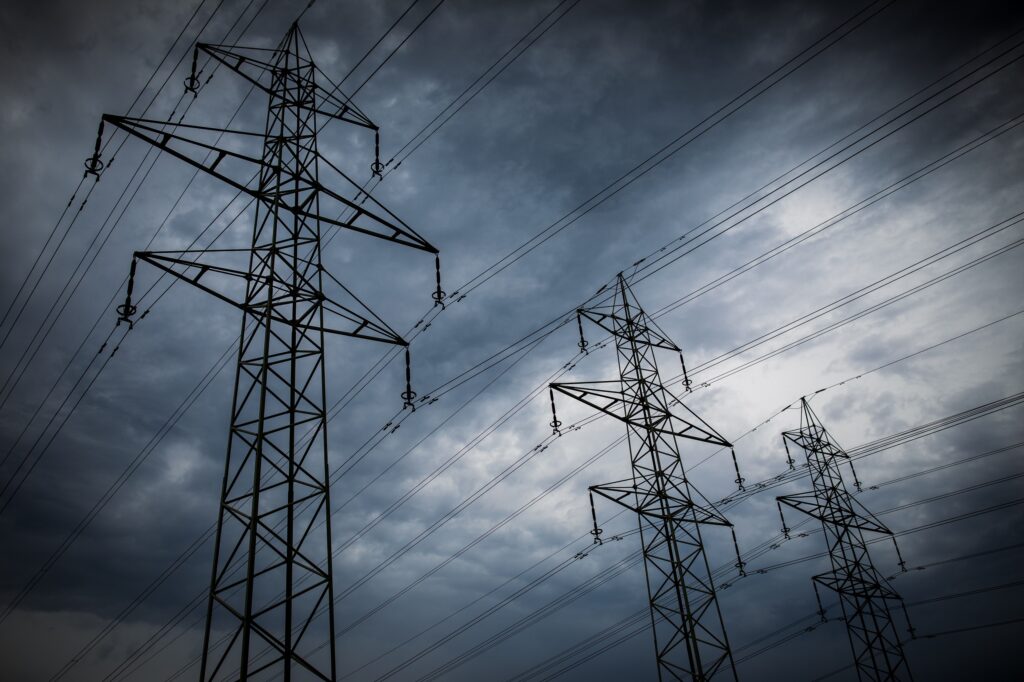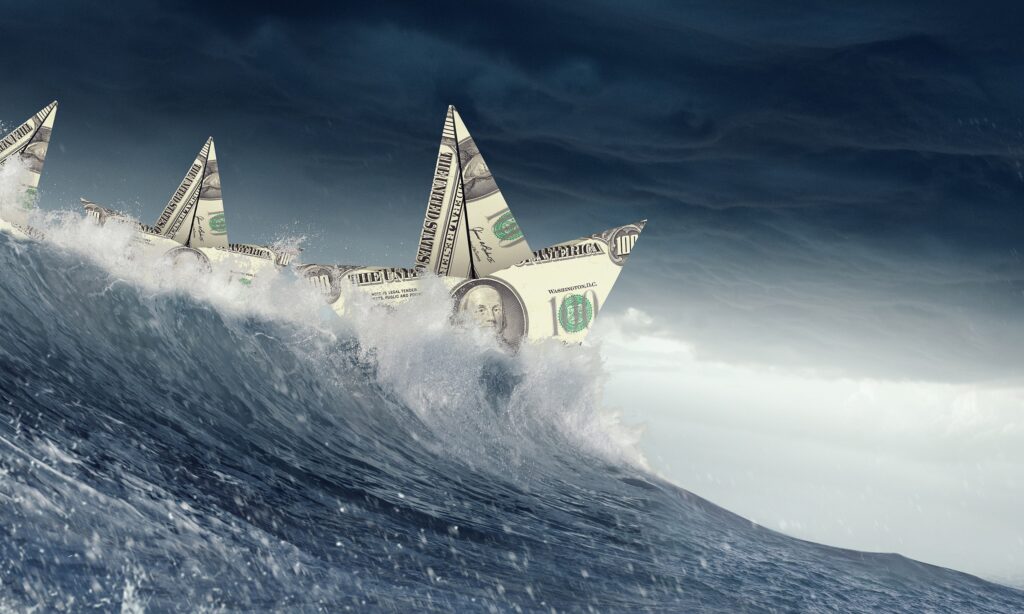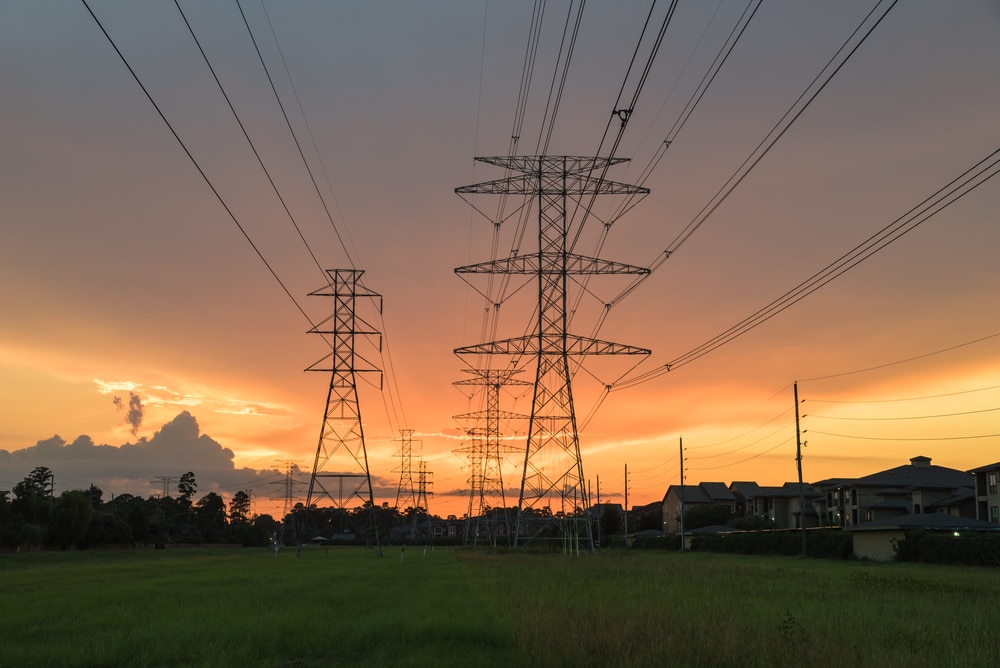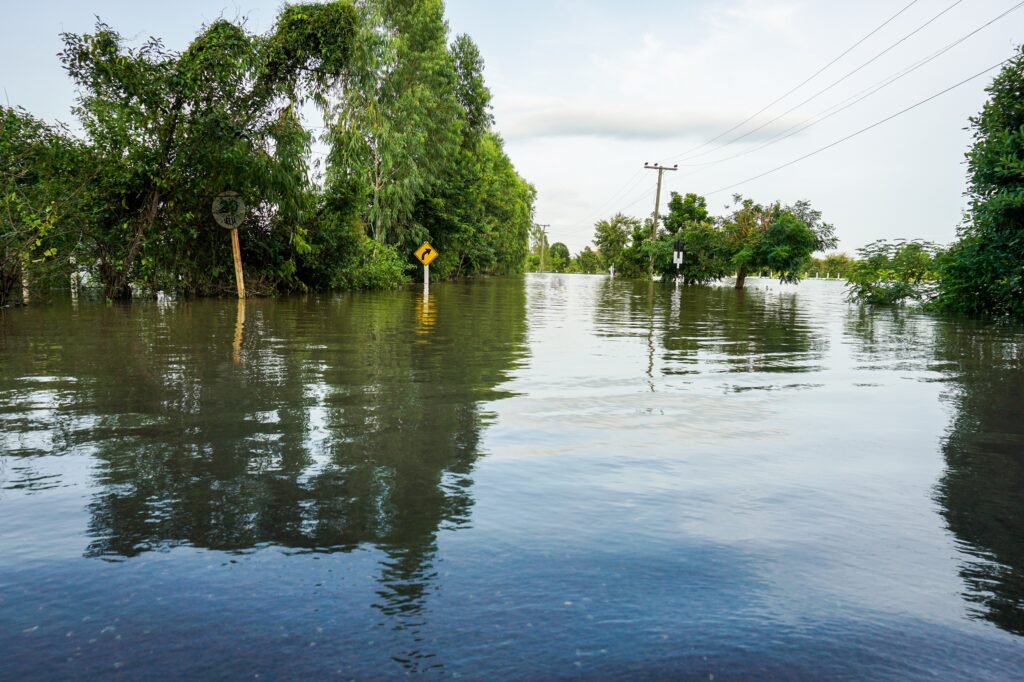Desalination foes putting tiny critters above people
It’s getting increasingly difficult to exaggerate the degree to which some environmental activists and bureaucrats have placed the needs of California’s critters above the needs of its growing population. Many of these stories are almost literally unbelievable.
I’ve reported on the government’s decision to largely empty a massive reservoir in the Sierra foothills to save about a dozen hatchery fish, an otherworldly story given it took place at the apex of the drought — and given those nonendangered fish would be eaten by other species before they meandered to the ocean. Then there were the shutdowns of the water pumps in Tracy because of the fate of a handful of bait fish (Delta smelt).
I still roll my eyes at a proposed project — at an estimated cost of $70,000 to $300,000 per fish — to help salmon swim around Don Pedro dam. It’s easy enough to identify a salmon. What explains efforts to halt a major source of water supplies in Orange County over concerns about the fate of some plankton?
Sure enough, concerns about those small and microscopic organisms continue to slow efforts to build a much-needed desalination project on an industrial site in Huntington Beach. The rains have started again, but Californians are still facing drought conditions. It’s best to plan now to avoid a future crisis. Turning ocean saltwater into drinking water remains one of the most sensible long-term options to provide at least some of our water needs.
As the Register reported last week, “Huntington Beach residents urged a state agency to require a more comprehensive environmental impact report before the proposed Poseidon desalination plant could receive a new lease on state land.” The plant’s developers proposed even smaller screens, but that’s not enough to satisfy opponents.
Debate over the intake system has been a sticking point. In 2013, the California Coastal Commission staff — an environmentally oriented agency that has ironclad control over developments along the coastline — had called for the construction of cost-prohibitive subsurface water intakes to minimize the harm to these tiny species. Other agencies must also give their OK.
Desalination plants take water from the ocean and filter it to create clean drinking water, so critics have focused on the nature of these water intakes as they try to stop construction. The project wants to use the existing water intake pipe from the old neighboring power plant.
The project has been in the planning stages for many years, as its developers navigate the political approval process, produce environmental impact reports and try to get regulatory approval. The plant is similar to one that opened in Carlsbad in San Diego County, but the political makeup of the coastal commission has changed since that one got its approval. Poseidon Water, which has had the lease for the site since 2010, continues its efforts to get approval for the privately funded $350-million project — a source of jobs as well as water.
The company has spent $1.6 million in lobbying and campaign contributions for its Southern California plans, according to a Los Angeles Times report. It’s hard to criticize the company for spending money on the political process, given that without political approval the projects would never come to fruition. It’s a statement on what’s required to build infrastructure these days. The approval process is more time consuming than the construction of the plant.
Even during the worst part of the drought, San Diego water officials had so much available water they didn’t have places to store it. Foes of desalination say it’s proof that these new water supplies aren’t really needed, but it’s only proof that good planning — i.e., building needed infrastructure despite all the obstacles — remains the best solution for dealing with current and future droughts.
I’ve got nothing against plankton, which are a necessary part of the food chain. I’m not against reasonable measures to save any manner of wildlife, but these fights fundamentally aren’t about larvae, salmon, trout and smelt. They are about growth. No-growth activists have long understood that the battle over water sources is a battle over people. The critters are just pawns in this tiresome game.
“(N)ew California regulations (from the state water board) governing desalination plants make subsurface intakes mandatory unless it can be shown they’re not economically and/or technically feasible,” reported Water Deeply. “The new rules — the only such regulations in the world — are forcing additional delays for the proposed plant, which has been seeking state permits since 2001.” The publication puts the issue in stark terms: The Huntington Beach battle is about the future of desalination in the state, and the future of several other proposed plants along the coast.
That’s an important battle for those of us who want to assure enough water in this state so that our kids and grandkids have a prosperous future here. There’s no question which side we should choose: Let’s put people over plankton.
Image by Napat







